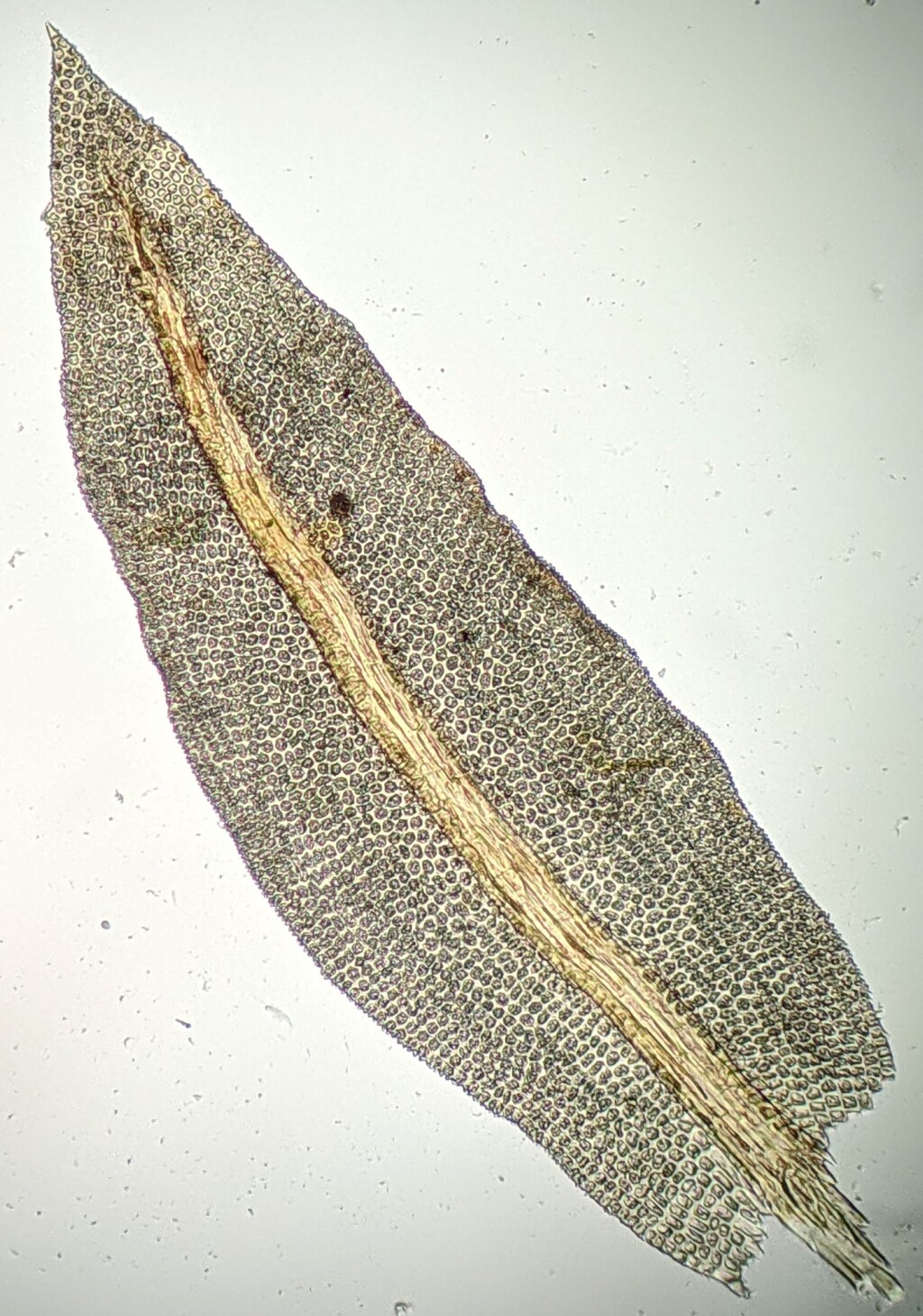Trichostomopsis
Dioicous. Asexual reproduction by rhizoidal tubers. Turves on soil. Stems simple or branched; central strand present; hyalodermis absent or present; sclerodermis absent. Leaves ovate, triangular, oblong-lanceolate to lanceolate, erect- to wide-spreading when moist, appressed and straight (not in Victoria), crisped, twisted or incurved when dry; apex rounded to acute; costa subpercurrent, percurrent or short-excurrent (not in Victoria), with quadrate to elongate adaxial superficial cells, without a differentiated adaxial epidermis, with (not in Victoria) or without an adaxial stereid band, without a hydroid strand, with an abaxial stereid band, with or without (not in Victoria) a differentiated abaxial epidermis, with quadrate to elongate abaxial superficial cells; margin entire, plane or recurved, without a border; laminal cells in apical half subquadrate or hexagonal to rectangular, smooth or uni- or pluripapillose with simple or bifurcate papillae, unistratose or bistratose in apical third, bi- or tristratose along margins, with green, yellow or orange KOH reaction; basal laminal cells quadrate to rectangular, smooth. Acrocarpous. Capsule erect, straight, ellipsoid to cylindric, exserted, operculate, with an annulus. Calyptra cucullate. Operculum rostrate. Peristome rudimentary or of 32 straight or twisted filaments.
Six species, mostly in western and southern South America, but with one widespread species extending throughout temperate to tropical regions of the world; one species in Victoria.
Trichostomopsis was synonymised with Didymodon by Zander (1978). However, Tridontium is shown to be its closest relative in phylogenies of combined chloroplast and nuclear DNA sequences, supporting its retention as distinct from Didymodon (Jiménez et al. 2021).
 Spinning
SpinningJiménez, J.A.; Cano, M.J.; Guerra, J. (2021). A multilocus phylogeny of the moss genus Didymodon and allied genera (Pottiaceae): Generic delimitations and their implications for systematics. Journal of Systematics and Evolution.
Zander, R.H. (1978). New combinations in Didymodon (Musci) and a key to the taxa in North America north of Mexico. Phytologia 41: 11–32.
